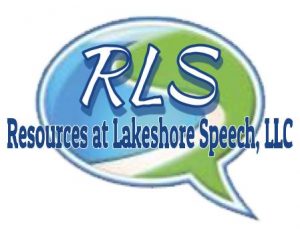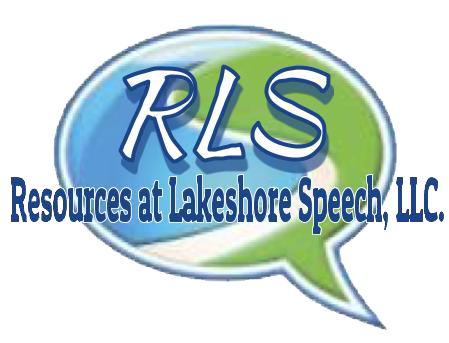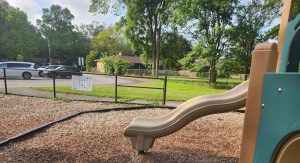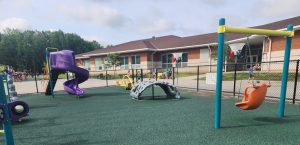
Back-to-School Inclusion: How Playground Communication Boards Give Every Child a Voice
As the excitement of the back to school season kicks in, students are not only heading back to classrooms but also returning to playgrounds—the social hub of every school. For many children, recess is a chance to laugh, run, imagine, and build friendships. But for some—particularly those with speech and language differences—socializing on the playground can be a frustrating and isolating experience.
This is where playground communication boards come in. As a vital part of inclusive education and augmentative and alternative communication (AAC) strategies, these boards are transforming the way students with speech delays, Autism, Apraxia, and other communication differences interact and connect with their peers.
In this blog post, we’ll explore why communication boards are essential during the back to school season, how they support inclusive playgrounds, and what steps your school can take to foster a more accessible and supportive environment for all children.
What Are Communication Boards?
Communication boards are visual tools that display a range of symbols, pictures, or written words designed to help individuals express thoughts, needs, or emotions. These boards are often part of a larger AAC system and are commonly used by individuals who are nonverbal, minimally verbal, or have speech-language impairments.
When installed in school playgrounds, communication boards provide children with the means to:
- Initiate play
- Express wants and needs
- Participate in group activities
- Build social relationships
By providing access to language through symbols and visuals, communication boards empower children with communication differences to join the fun and feel included.
Why Back to School Is the Right Time to Prioritize Inclusion
The start of a new school year is more than just new backpacks and classroom supplies. It’s a powerful opportunity for schools to reset their priorities and reinforce their commitment to diversity, equity, and inclusion.
While much of the focus often centers around academic accessibility, the social and emotional development that occurs on the playground is just as critical. For children with disabilities or communication challenges, the playground can feel like an unwelcoming space where participation is difficult or even impossible.
Adding AAC communication boards to school playgrounds during back to school preparations sends a clear and inclusive message:
“Every child belongs here, and every voice matters.”
The Benefits of Playground Communication Boards
1. Fostering Inclusive Play
Playgrounds are more than just places to expend energy—they’re where children learn social rules, practice cooperation, and develop empathy. Communication boards help ensure that all children, regardless of ability, can join in the fun.
2. Supporting Nonverbal and Minimally Verbal Students
Children with conditions like autism spectrum disorder (ASD), Down syndrome, Apraxia of Speech, and other language disorders often depend on AAC systems. A communication board on the playground gives them the freedom to communicate and interact more independently.
3. Promoting Peer Empathy and Understanding
When neurotypical students see their classmates using a communication board, it encourages a culture of acceptance, empathy, and patience. It also normalizes the use of AAC in daily school life.
4. Boosting Speech and Language Development
Educators and speech-language pathologists (SLPs) can use playground communication boards as tools to reinforce classroom lessons, encourage expressive language, and model communication during natural interactions.
5. Encouraging Independence and Confidence
With access to a communication board, children no longer have to rely solely on adult interpretation. They can say “more,” “help,” or “all done” on their own terms, promoting autonomy and self-confidence.
Key Features of an Effective Playground Communication Board
If your school is considering installing a communication board, here are some essential features to look for:
- Weatherproof Materials: Choose durable, UV-resistant materials that can withstand various climates.
- Clear Visuals: Use high-contrast, easy-to-understand symbols like Boardmaker or SymbolStix.
- Core Vocabulary: Include commonly used words like “go,” “more,” “stop,” “help,” and “play.”
- Fringe Vocabulary: Add specific terms for playground items such as “slide,” “swing,” “ball,” “climb,” or “friend.”
- Bilingual Options: Include both English and another language (like Spanish) to serve multilingual or ELL (English Language Learner) populations.
- Universal Design: Ensure boards are placed at a height accessible to all students, including those in wheelchairs.
Who Can Benefit From Playground Communication Boards?
While communication boards are essential for nonverbal students, they also provide benefits across a wide range of student groups:
- Students with Disabilities: Especially those in special education programs who require AAC to express themselves.
- English Language Learners (ELLs): Visual symbols can aid in bridging language gaps and easing transitions for multilingual students.
- Early Learners: Preschoolers and kindergarteners benefit from visual aids as they develop language skills.
- Educators and Aides: Teachers and paraprofessionals can use the board as a teaching and support tool to encourage communication beyond the classroom.


Steps to Bring Communication Boards to Your School
Introducing communication boards on school playgrounds may seem like a big task, but it’s more manageable than you might think. Here’s how to get started:
1. Collaborate With Your School Team
Begin by consulting with special education staff, speech-language pathologists, and occupational therapists. They’ll help assess your school’s specific needs and recommend suitable communication board designs.
2. Engage the Community
Involve parents, caregivers, disability advocates, and local support groups. Their insights are invaluable, and involving them early fosters community support and buy-in.
3. Choose the Right Vendor
Partner with companies that specialize in AAC and accessible design. For example, Resources at Lakeshore Speech, LLC offers customized communication boards tailored for schools. Visit their website at www.lakeshorespeech.com to learn more.
4. Provide Training and Awareness
Once installed, host training sessions for teachers, playground monitors, and students. When everyone understands how to use the board, it becomes a meaningful part of the playground—not just a static sign.
Real-Life Impact: Communication Boards in Action
Schools that have implemented communication boards often report significant positive outcomes:
- Increased social interaction among students of varying abilities
- Fewer playground-related behavioral issues due to clearer communication
- More confident, independent students
- Greater staff confidence in supporting inclusive practices
In short, communication boards help turn inclusion from a concept into a lived experience.
Final Thoughts: Inclusion Starts on the Playground
Inclusion isn’t limited to the classroom. It extends to every part of the school day—including recess. As we prepare for another back to school season, let’s not overlook the power of inclusive playgrounds to shape confident, connected, and compassionate learners.
Communication boards for playgrounds are a simple, cost-effective solution with a transformative impact. They allow all students—regardless of verbal ability—to participate fully, make friends, and feel seen and heard.
Ready to Make the Change?
If your school or district is looking to enhance inclusivity during this back to school season, now is the time to act. Talk to your speech-language team, explore AAC vendors, and start the journey toward creating a more inclusive playground experience.
Let’s build spaces where every child belongs. Let’s give every child a voice.






